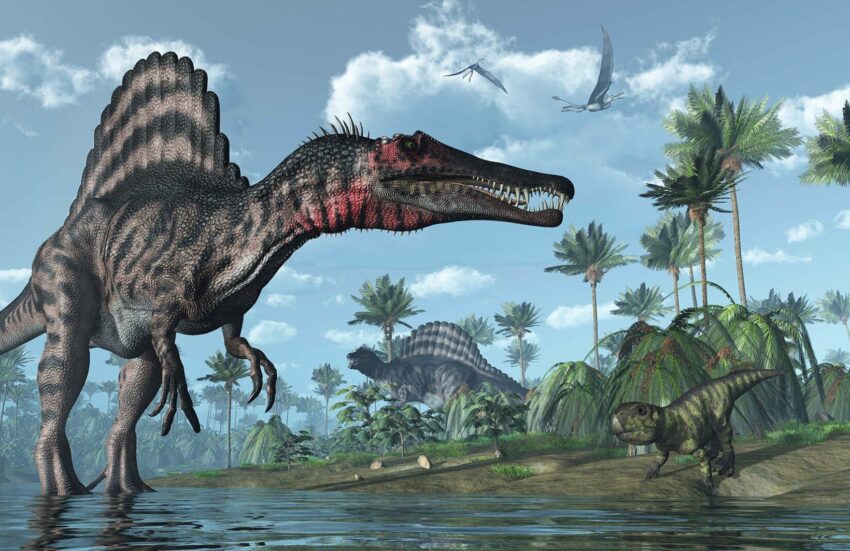The Stegosaurus, a fascinating and easily recognizable dinosaur, continues to captivate scientists and enthusiasts alike. Known for its iconic double row of plates along its back and spiked tail, the Stegosaurus roamed the Earth during the Late Jurassic period, around 155 to 150 million years ago. One of the enduring mysteries surrounding this dinosaur—and dinosaurs in general—is their metabolic rate and whether they were warm-blooded (endothermic), cold-blooded (ectothermic), or something in between.
Understanding Warm-Bloodedness
Warm-blooded animals, such as mammals and birds, maintain a constant internal body temperature, regardless of the surrounding environment. This metabolic strategy requires a high-energy diet but allows for sustained activity and adaptability to various climates.
Evidence Supporting Warm-Bloodedness
Several lines of evidence suggest that at least some dinosaurs, including Stegosaurus, may have had traits consistent with warm-bloodedness:
Bone Structure: Fossilized Stegosaurus bones exhibit vascularized tissues, known as Haversian canals, which are associated with rapid growth and high metabolic rates in modern warm-blooded animals.
Plate Functionality: The Stegosaurus’s plates were richly vascularized, suggesting they might have played a role in thermoregulation. These plates could have helped the dinosaur dissipate heat in warmer climates or absorb sunlight in cooler conditions, much like modern warm-blooded animals that regulate their body temperature.
Geographical Range: Fossil evidence indicates that Stegosaurus lived in diverse environments, from semi-arid regions to more temperate zones. This adaptability hints at a metabolic system more complex than that of typical cold-blooded reptiles.
Predator-Prey Dynamics: Stegosaurus coexisted with large, fast-moving predators like Allosaurus. To evade such threats, it might have required a moderately high metabolic rate, suggesting at least partial warm-bloodedness.
Counterarguments for Cold-Bloodedness
Despite the compelling evidence, some researchers argue that Stegosaurus was likely cold-blooded or had a metabolic rate closer to modern reptiles:
Body Size and Inertia: Stegosaurus was a massive creature, and its large size could have resulted in “gigantothermy.” This phenomenon allows large animals to maintain a relatively stable body temperature simply due to their volume and the slow exchange of heat with the environment.
Dietary Constraints: As a herbivore, Stegosaurus likely consumed low-energy plant material. Supporting a warm-blooded metabolism with such a diet might have been challenging.
Energy Efficiency: Cold-blooded animals are highly energy-efficient, requiring less food and energy to survive. This trait could have been advantageous for a large, slow-moving herbivore like Stegosaurus.
The Middle Ground: Mesothermy
Recent studies suggest that dinosaurs, including Stegosaurus, might have been mesothermic—a metabolic state between warm-blooded and cold-blooded. Mesothermic animals, such as modern-day tuna and some sharks, exhibit characteristics of both metabolic strategies. This hybrid approach could explain how Stegosaurus combined traits like slow movement and efficient energy use with adaptability to various climates.
Conclusion
The question of whether Stegosaurus was warm-blooded remains unresolved, but current evidence suggests it likely possessed a unique metabolic system that doesn’t neatly fit into the categories of warm- or cold-bloodedness. As paleontology advances, new discoveries and technologies may eventually uncover the secrets of this iconic dinosaur’s physiology. Until then, the mystery of the Stegosaurus’s metabolic rate continues to fuel scientific debate and public fascination. For more information click the link https://dinorepeat.com/

